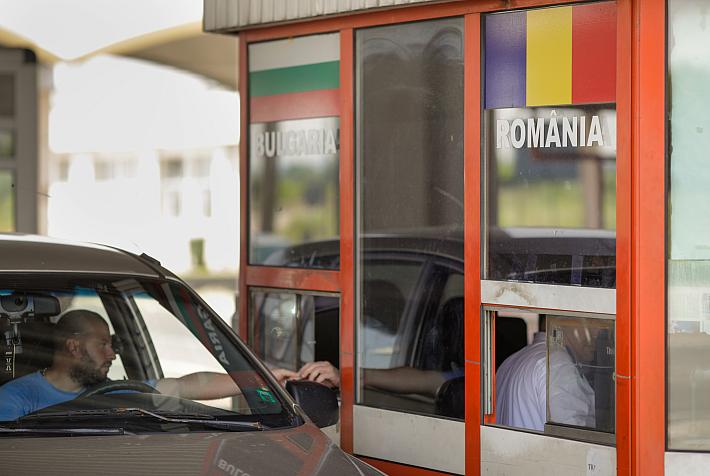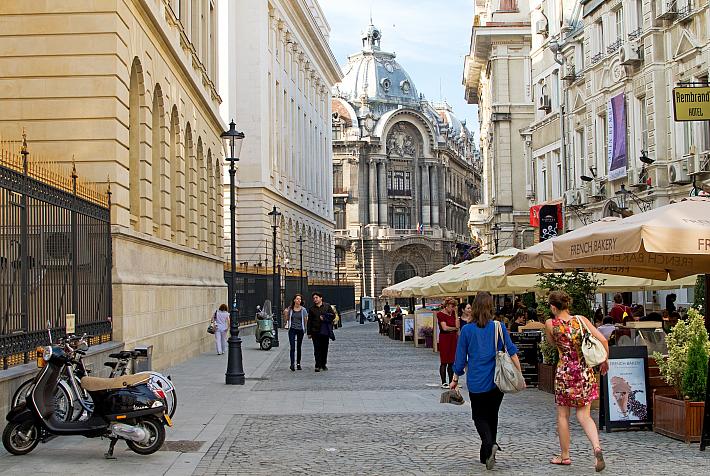Economist Intelligence Unit forecasts economic growth of 2.5% for Romania in 2013

Romania’s economy will register a growth of 2.5 percent this year, reflecting the persistent recession in the eurozone, according to the Economist Intelligent Unit's (EUI) September report.
However, the growth rhythm will accelerate between 2014 and 2017 at an average annual rate of 4 percent, according to the report.
EIU’s forecast in September is slightly up compared to the report published in July this year, which mentioned a 2.4 percent economic increase in 2013 and an annual average rate below 4 percent for the period between 2014 and 2017.
Romania managed to avoid recession in 2012, with a GDP increase of 0.7 percent and the economic recovery is expected to moderately consolidate in 2013.
Once the eurozone comes out of recession in 2014, the growth rhythm will gradually accelerate to an annual average of 4 percent between 2014-2017, as the GDP is supported by exports and increasing domestic demands, the report states.
However, the Romanian government will face difficulties in lowering the budget deficit to the target of 2.1 percent of GDP in 2013 unless it resorts to unpopular cuts in public expenditures and begins to restructure state-owned companies, despite the more positive growth outlook for 2013.
The government’s macroeconomic program for 2013-2016 implies a continuation of fiscal consolidation and reforms meant to improve budget revenues, management of public funds and European funds absorption.
Also, the Romanian government aims to reduce the VAT from 24 percent to 19 percent as well as lowering social contribution rates for 2014, but these cuts will be carried out only when the fiscal conditions will allow it, according to the report.
In terms of monetary policy, Romania’s Central Bank BNR is moving its attention from controlling inflation, which is in a constant downward trend, to encouraging economic recovery.
However, Romania will postpone the adoption of Euro until at least 2016 or 2017 and perhaps indefinitely.
Improving the absorption of EU funds will contribute to investments in infrastructure, which might trigger an increase in exports’ potential in the longer term.
Romania obtained EUR 22 billion in structural funds from the EU for the next budget period, 2014-2020, compared to EUR 20 billion for the current budget period of 2007-2013.
Romania will also receive funds for agriculture worth EUR 17.5 billion in 2014-2020 from the Common Agricultural Policy.
Romania absorbed only 12 percent of the total structural funds available between 2007-2013, but the absorption rate is likely to improve in the coming years.
Irina Popescu, irina.popescu@romania-insider.com
(photo source: Sxc.hu)












